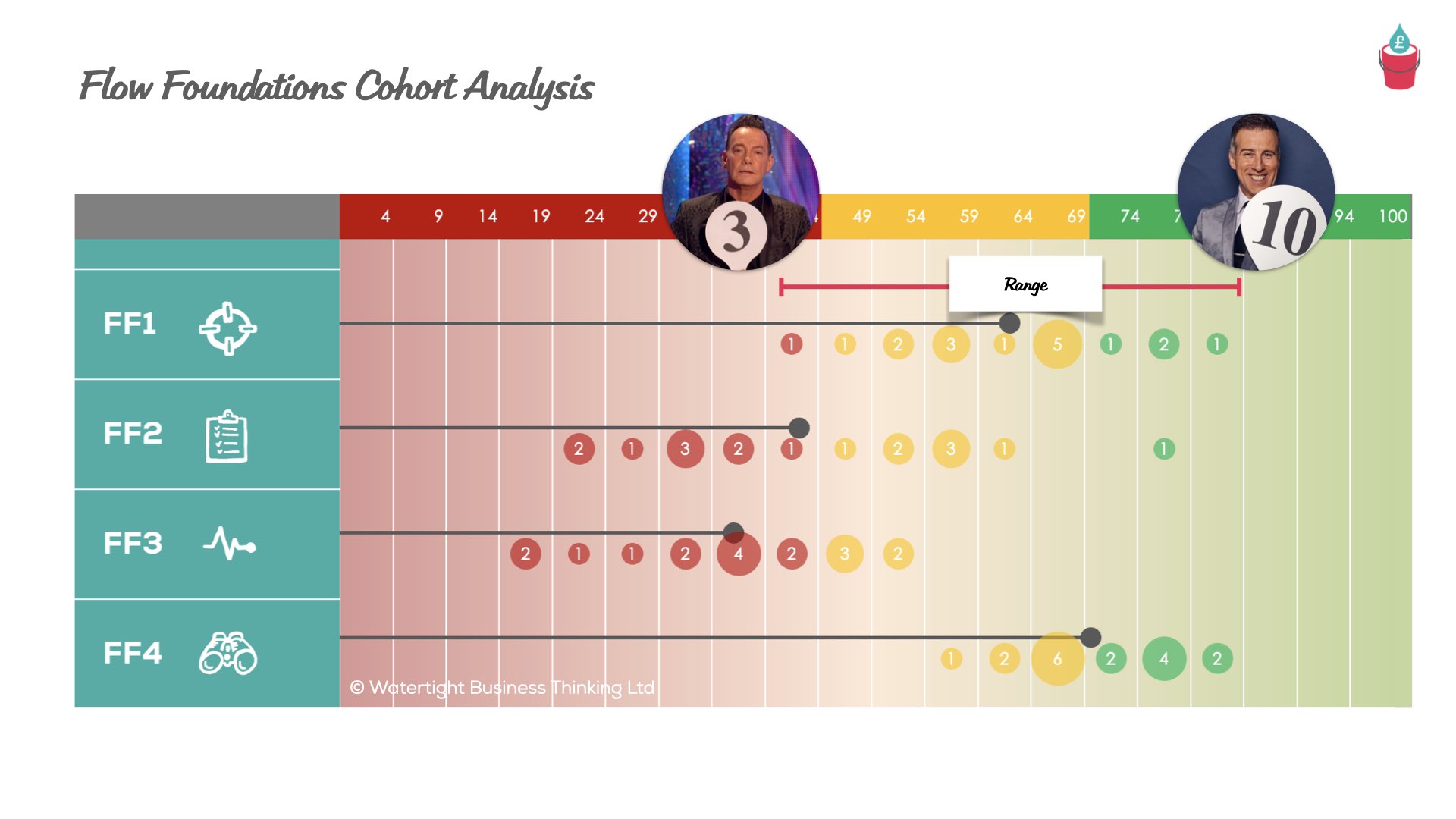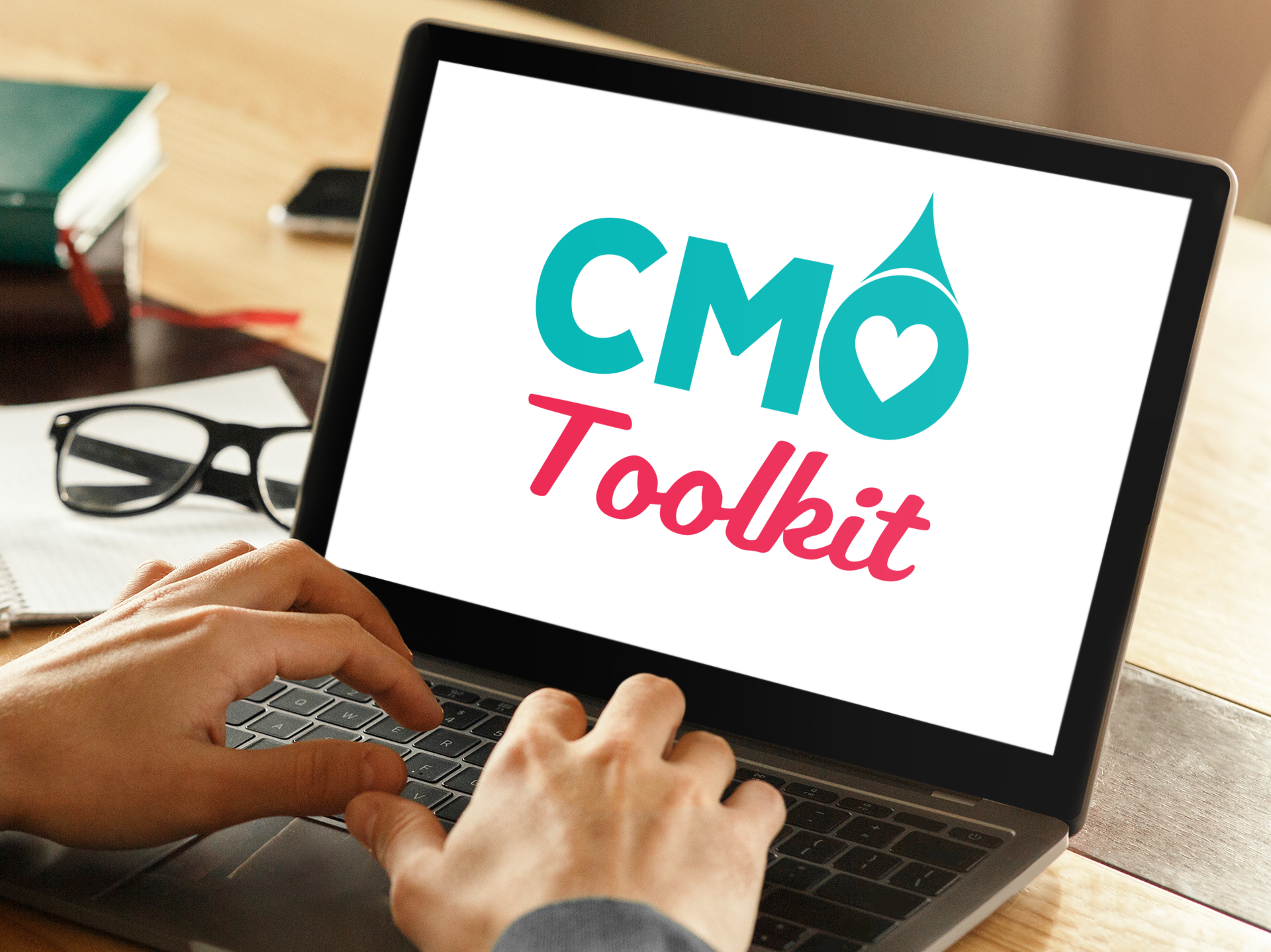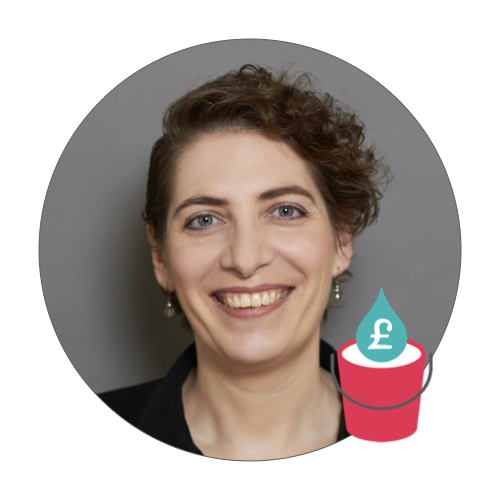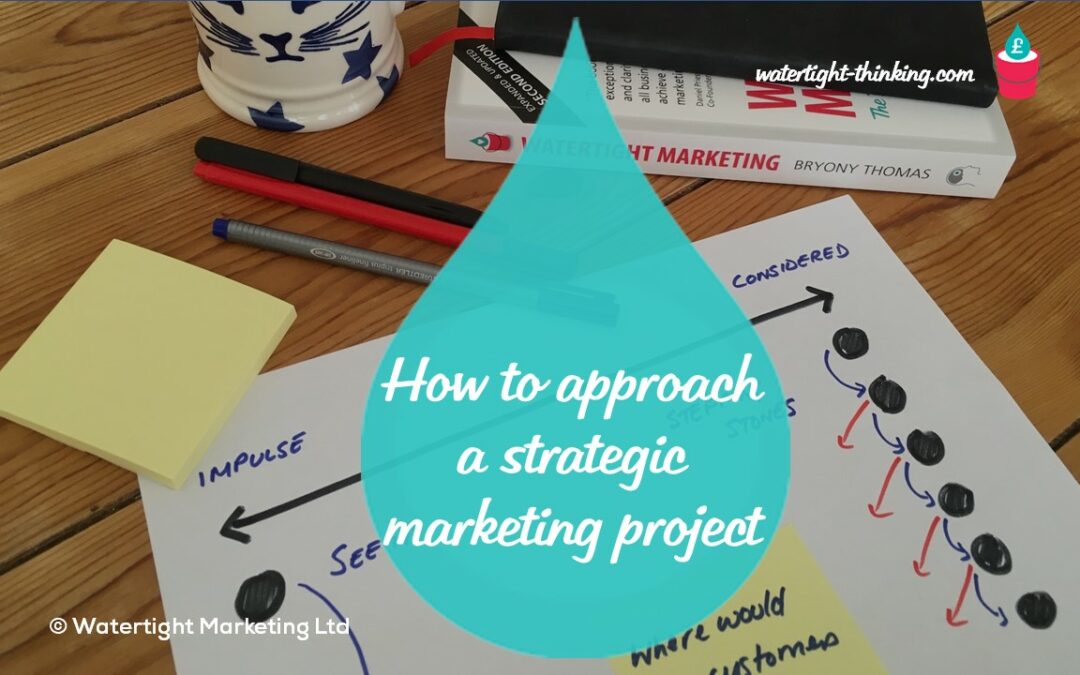Reading Time: 5 Minutes
Answering the big strategic questions is what I love to do. I’m much less interested in which email or web page performed better, than I am about getting the FD to support the marketing budget, or getting the sales team to collaborate on a cohesive customer journey. If you’re in a board level marketing role, or aspire to be, knowing how to get the big things done is absolutely critical. And, starting with a blank sheet of paper won’t enable your best work. ~ Bryony Thomas | CEO, Watertight Business Thinking
As a marketing manager, or new in role marketing director, you’re going to be asked to get strategic. Your board will expect you to be able to successfully address strategic marketing questions like:
- What’s our key messaging?
- How much, and how should we spend our marketing budget?
- What do our customer journeys look like?
- How do we measure marketing effectiveness?
So, how do you approach a project like this to ensure that you can do your very best work?
Find example outputs…
I don’t know about you, but when I need to present something to my board I love to see a good example of something similar. It’s not about copying what others have done, as much as just having a sense of what the tangible output might be. Is it a spreadsheet, a report, a presentation, or a combination thereof? And, what does good look like?
Identify an appropriate framework or model…
For almost every strategic marketing question, there’s a model that marketers have used to interrogate it. There are those in the marketing textbooks like PESTEL, Porter’s Five Forces. AIDA, etc, etc. And, there are those (like the Watertight Thinking tools) that have been designed and refined by hands-on practitioners in real world businesses. A combination of these is usually what’s needed to get under the skin of a key strategic challenge. These are lenses for spotting any gaps in your thinking, and to organise and present your thoughts. Use them!
Get input and insights from colleagues…
A large part of the success in a strategic marketing project lies in bringing your team with you. For this, we’d always recommend workshopping and/or researching with them to involve them in the process. People are always better disposed to something they feel part of. The best way we know to do this is to run a really well structured workshop, where you get their thoughts organised into your chosen frameworks. Whether it’s virtual whiteboards or post it notes on a wall; getting ideas from around the business into a structure so that you can really see the lay of the land, is always time well spent.
Devise data-driven ways to display the material…
We’ve yet to find a question where a scoring system of some kind can’t be devised. Even things that appear very subjective can be interrogated in a quantitive way. Asking people to rate their level of agreement, confidence, comprehension, etc. gives you a data point. Do this across your organisation, and you have a cohort analysis and a tool for comparing and contrasting perceptions within teams, etc. Not only is this compelling, but it gives you a starting point to reassess against and time points to demonstrate progress.
Embrace stories and metaphor…
In the Watertight approach, every single key concept has a companion metaphor and several client stories to bring it to life. Even presenting a budget is improved with a really good metaphor and a compelling narrative. Numbers never, ever, speak for themselves. We can’t express how powerful this is. The one I’m probably best known for is my cat analogy, and honestly we’ve won six figure consulting deals off the back of this. We have one of these up our sleeves for almost every strategic marketing question you can think of.
Present visually…
Add to those stories with brilliant pictures. Any data, any framework, any financial figures, need to be presented in charts, diagrams, and/or metaphorical imagery.
A great example of this is our Flow Foundations framework. To show how well aligned a business is to make marketing truly deliver growth, we do a snapshot assessment. We take the opinion of a business, and display it as data in a chart (see below).

This allows us to explore the variation in opinion, and the champions and critics in a team. We can overlay a Strictly Come Dancing metaphor to help bring this to life.
We have a visual device for every part of our methodology. From competitor mapping to understanding the shape of your marketing budget; visuals bring a whole new perspective to a strategic question. In our experience, this radically improves the quality of conversation.
Talk to someone who’s done it before…
Sounding out a supportive peer on their approach, and using them to role play likely responses, can be exceptionally powerful. You’ll feel so much more equipped to face the MD or the finance director if you’ve worked through their likely objections and observations in advance. To be honest, just sounding things out to sanity check them with someone you trust is a real confidence booster.
Doing your best work…
Approaching strategic marketing questions doesn’t (and shouldn’t) be done in isolation or starting with a blank sheet of paper. Lean into the wisdom that exists. A smart person doesn’t do everything from scratch, they do it with the best tools that exist, the support of peers, and a dash of their own creativity.

Subscribe to the CMO Toolkit
Would you like to get your hands on the tools, frameworks, templates, workshop packs, slides, and analysis tools we use with our clients? It’s all waiting for you.

Bryony Thomas
Author & Founder, Watertight Marketing
Bryony Thomas is the creator of the multi-award winning Watertight Marketing methodology, captured in her best-selling book of the same name. She is one of the UK's foremost marketing thinkers, featured by the likes of Forbes, The Guardian, Business Insider and many more, and in-demand speaker for business conferences, in-house sales days and high-level Board strategy days.


